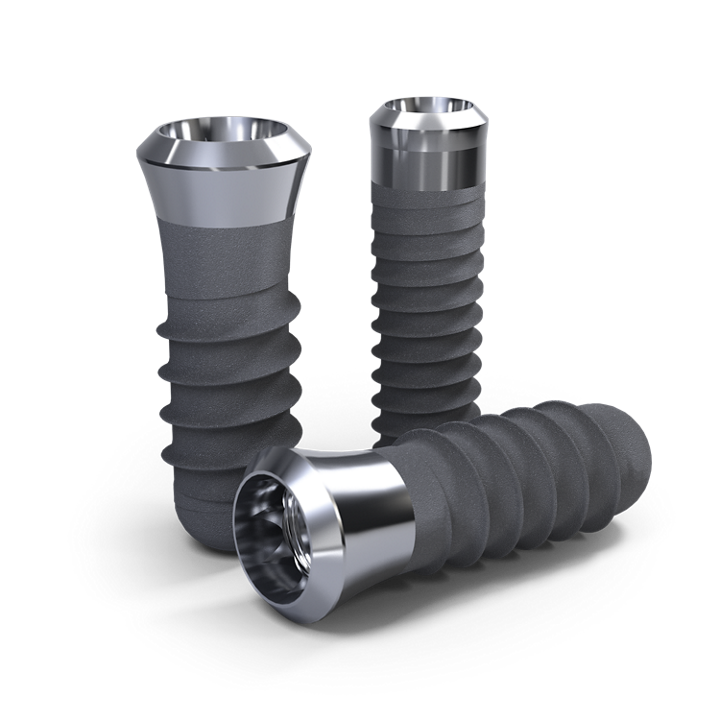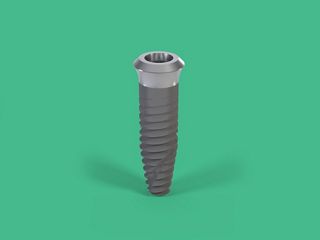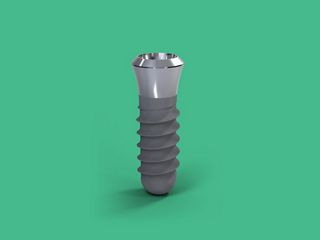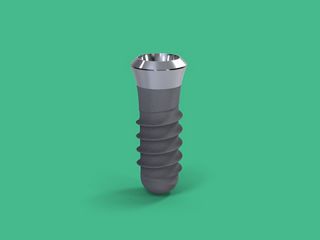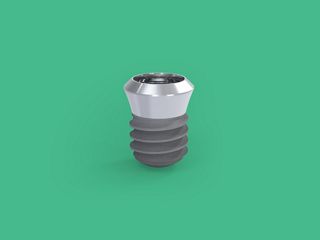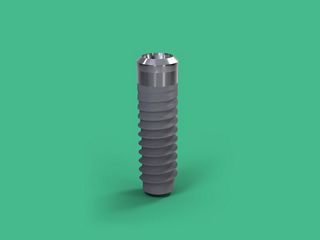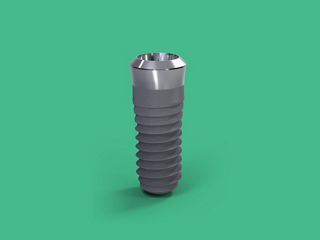1 Buser D, Janner SFM, Wittneben J-G, Brägger U, Ramseier CA, Salvi GE. 10-Year Survival and Success Rates of 511 Titanium Implants with a Sandblasted and Acid-Etched Surface: A Retrospective Study in 303 Partially Edentulous Patients. Clin Implant Dent Relat Res. 2012;14(6):839-851. doi:10.1111/j.1708-8208.2012.00456.x.
2 Wittneben J-G, Buser D, Salvi GE, Bürgin W, Hicklin S, Brägger U. Complication and Failure Rates with Implant-Supported Fixed Dental Prostheses and Single Crowns: A 10-Year Retrospective Study. Clin Implant Dent Relat Res. 2014;16(3):356-364. doi:10.1111/cid.12066.
3 Fischer K., Stenberg T. al Prospective 10-year Cohort Study Based on a Randomized Controlled Trial (RCT) on Implant-Supported Full-Arch Maxillary Prostheses. Part 1: Sandblasted and Acid-Etched Implants and Mucosal Tissue. Clin Implant Dent Relat Research. 2012 Dec;14(6):808-15
4 Fischer K, Stenberg T. Prospective 10-year cohort study based on a randomized, controlled clinical trial (RCT) on implant-supported full-arch maxillary prostheses. Part II: Prosthetic outcomes and maintenance. Clin Implant Dent Relat Research.. 2013 Aug;15(4):498-50
5 Alsahhaf A et al. Survival of Titanium-Zirconium and Titanium Dental Implants in Cigarette-smokers and Never-smokers: A 5-Year Follow-up. Chin J Dent Res. 2019;22(4):265-272
6 Cabrera-Domínguez JJ, Castellanos-Cosano L, Torres-Lagares D, Pérez-Fierro M, Machuca-Portillo G. Clinical performance of titanium-zirconium implants with a hydrophilic surface in patients with controlled type 2 diabetes mellitus: 2-year results from a prospective case-control clinical study. Clin Oral Investig. 2020 Jul;24(7):2477-2486
7 Nelson, K., Stricker, A., Raguse, J.-D. and Nahles, S. (2016), Rehabilitation of irradiated patients with chemically modified and conventional SLA implants: a clinical clarification. J Oral Rehabil, 43: 871 -872
8 Bernhard N et al. Forum Implantologicum 2009; 5(1): 30-39
9 Hotchkiss KM et al. Clin Oral Implants Res. 2017 Apr;28(4):414-423
10 Al-Nawas B. et al. J Oral Implantol. 2015 Aug;41(4):e118-25
11 Chiapasco M. et al. Clin Oral Implants Res. 2012 Oct;23(10):1136-41
12 Derks J, Schaller D, Håkansson J, Wennström JL, Tomasi C, Berglundh T. Effectiveness of Implant Therapy. Analyzed in a Swedish Population: Prevalence of Peri-implantitis. J Dent Res. 2016 Jan; 95(1):43-9. (Doctoral thesis reference: ISBN 978-91-628- 9491-7).
